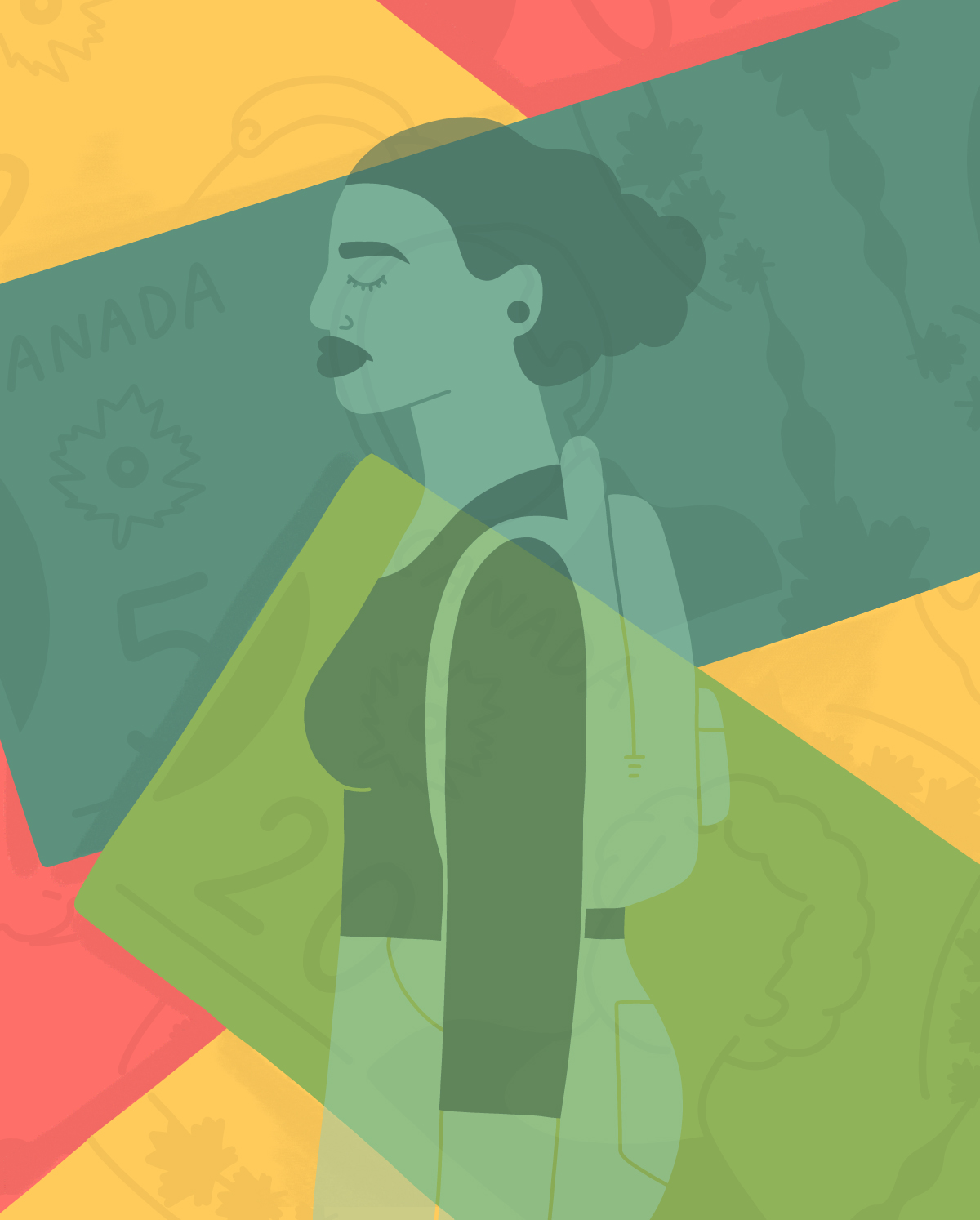Passing, Or Something Like It
/A t-shirt given to the writer by his late father, Juan.
By Paul Aguirre-Livingston
I am a person with white skin. I concede to the idea that, by certain interpretations, I am considered “white.” I unwillingly accept that a white skin colour represents the infallible truth of the status quo. It affords some of us certain positions and privileges. I acknowledge that I may have benefited from those privileges that I was previously unaware I even possessed. (Deeply unaware, even.) That error in judgment is easy enough when, well, I do not identify as “white.”
I don’t come from a clear lineage of Caucasian-ness – not genetically, culturally, or socio-economically. My father immigrated to Canada from Chile with his parents in 1980, and my mother is Canadian-born with Irish heritage. My father, like my grandfather, was dark-skinned (with our origins in northern Chile, the closest tip of the country to the equator), and my mother is fair-skinned. Shortly after I was born, my mother left, and I went to live with my paternal Chilean grandparents. When I was eight, I lost my father and these grandparents adopted me.
The identity I constructed under this guardianship was decidedly “non-white.” I was raised in an exclusively Spanish-speaking household; it was the first language I learned, before English and French. Our traditions, like celebrating Christmas on the night of Christmas Eve for example, were different from other Torontonians. Our food, not Kraft Dinner and certainly not snacks like Fruit Roll-Ups, was different. Even our manners seemed different. Until I was nine, I spent six weeks a year in Chile for the sole purpose of learning about my “roots” and meeting extended family. Racially or ethnically, I wasn’t reflected back through television. Whatever “white” could mean toa child, I knew I was the complete opposite.
Environmental influences strengthened the curious case of being a “non-white” “white.” In the 1990s, we lived on the outskirts of the infamous Jane & Finch corridor: a very racially charged time in a very racially charged place. It was the quintessential multi-cultural Toronto everyone feels pride in, a community of immigrants that shaped my distinctions between race and identity—one in which only a few truly “white” people actually lived. Largely, it championed a “we are all the same” approach: Black History Month was extremely important, and Diwali and Chinese New Year were equally celebrated. People with white skin (like me) were the minority demographic. “Latinos” (also me), were not. I didn’t think much about race, or about skin colour, or about how we were actually different and what that would eventually mean.
Throughout adolescence, I was both too white for the Latinos and not white enough for the Canadians. People, including members on both sides of my extended family, have unfairly scrutinized me and qualified me on a spectrum of “bi-racial-ity.” As a teen, amid questions of ethnic uncertainty and losing both my biological parents, I was also grappling with questions about my sexuality. The actual colour of my actual skin did not factor into this discussion. I was too busy trying to reconcile yet another way I wasn’t “normal.”
I ended up in a high school very far away from Jane & Finch, though I still lived there. The unique French program I was studying attracted a racially diverse group of kids, most from communities similar to mine. We were small in numbers, and all gravitated to one another as friends. The program gave the school its slice of diversity. But ethnicity was no longer explored in a bigger context. and I was just one white face in a crowd of many. I had joined the white sphere, the dominant group, without any due diligence. I could pretend I was just like them if I wanted. Sometimes, I did. (“Yeah, I could totally go skiing with you guys.”)
I still thought racism was wrong, colour was unimportant, and that everyone should be judged based on personal merit, but while deciding how I felt about being gay, sometimes being “white” felt/seemed/was easier. Perhaps my “choices” were merely a product of not having to deal with problems and circumstances dictated by belonging to a phenotypically-distinct group. I never thought about how the experiences of my dark-skinned relatives, new to Canada, were different from mine. They probably felt alienated in ways I could never imagine. I wonder now if I lived all those years simply “passing.”
Studying “whiteness” can seem both controversial and redundant. The white majority has long identified and theorized, even pontificated, about other races (because the foreign is worth being studied, right?). But “Caucasiana” is so predominant that the deeper sociological, cultural and historical contexts of those who identify as “white” is a fairly new area to explore. People like Barbara Kay postulate that “whiteness studies” only feeds into perpetual white guilt, fostering a counter-productive victim mentality amongst everyone else. Personally, I wonder, isn’t white (read: British/American) culture dying, if not dead? “It” reached an apex in 1950s, and has since been losing ground to seeping influences from the global village. It will be interesting to see how the white western world will handle a continued loss of racial dominance.
In Toronto, a person like me can come of age with no real identity other than the one that he creates for himself. And yet, my identity is still subject to the perception of the world at large, and so is my skin colour. That still means something, and might afford me something above and beyond everything I’ve worked so hard for. Even though I am many things before I am “white.”
Paul Aguirre-Livingston is a Toronto-based freelance writer, and society columnist at The Grid. Find him on Twitter.









